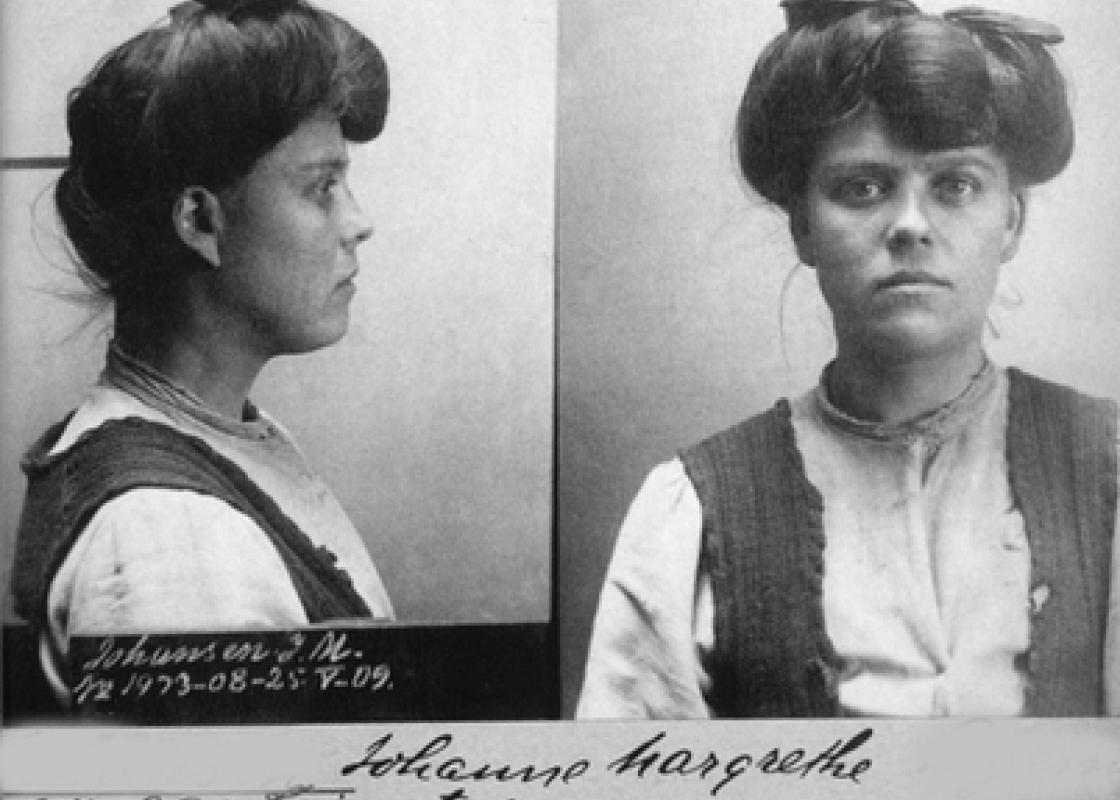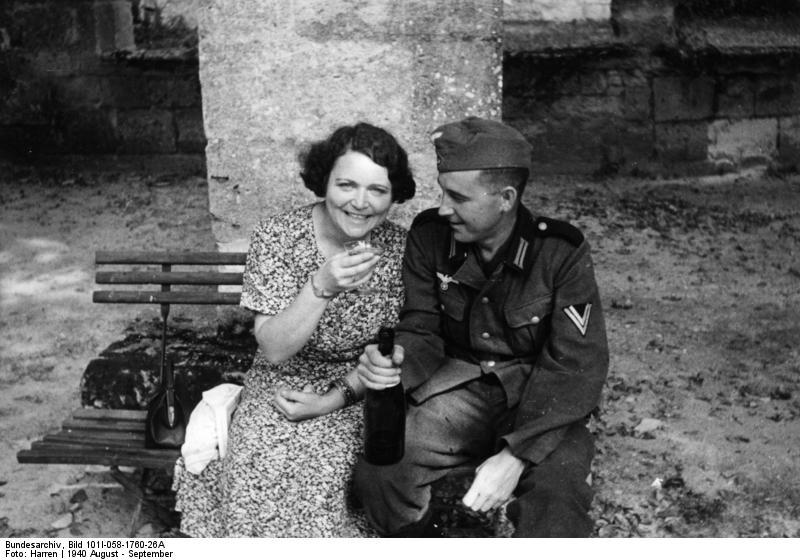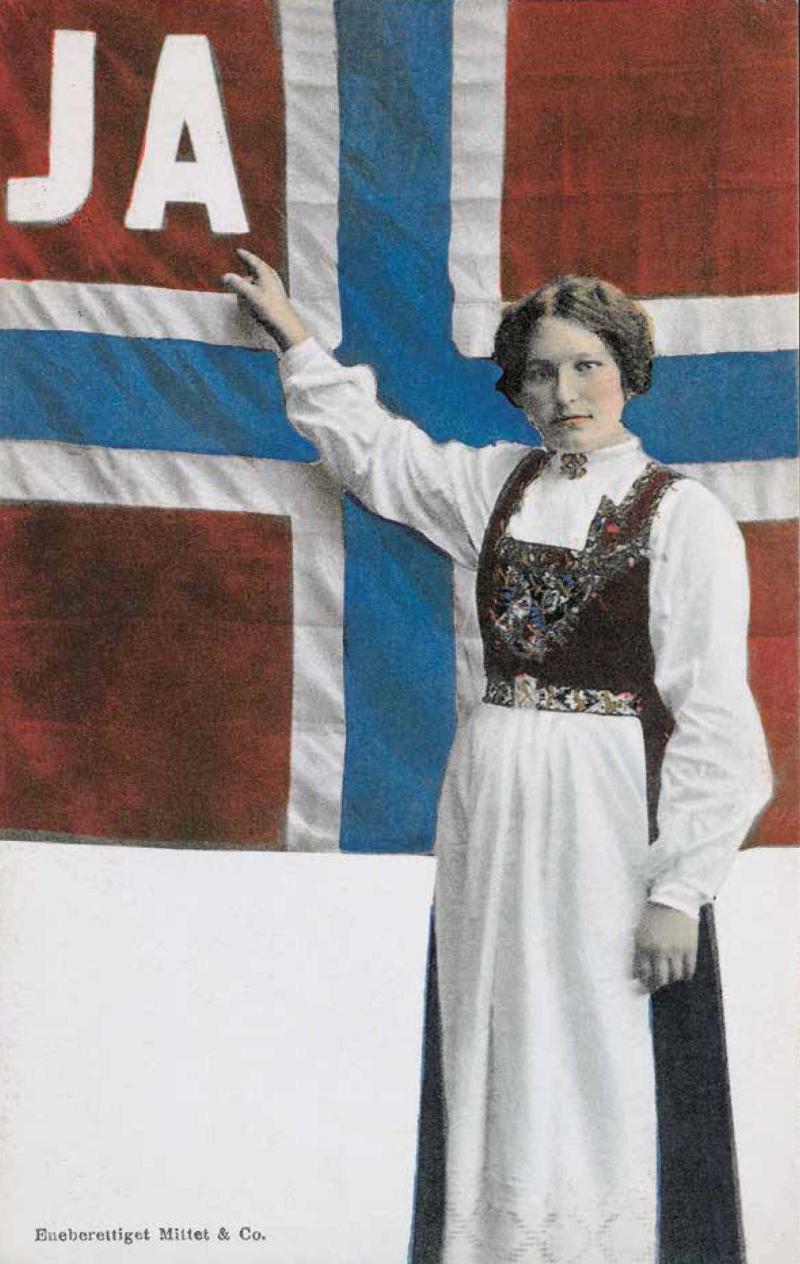“She will now serve a sentence of 189 days in prison,” wrote the Norwegian newspaper Aftenposten on 25 July 1913 about a woman who had been cited for intoxication seven times without paying the fine.
The following day, it was reported that Harda Therese Martinsen had been arrested in Stockholm for the theft of two diamond rings, a hat and an ermine stole. According to the newspaper, Martinsen was a known thief.
Women got very little notice in Norwegian newspapers in 1913, the year they obtained suffrage. When women were mentioned at all, it was usually in connection with criminal cases.
“The newspapers wrote a lot about crime in those years, but I was not prepared to find that women were so strongly represented in this category,” says Else-Beth Roalsø, a media historian and associate professor at the University of Stavanger.
Roalsø is a guest editor for the most recent issue of Pressehistorisk tidsskrift (“Journal of Media History”), which explores women in the media around the year 1913, when women obtained the right to vote.
Poorly represented
In the article Kriminelle, kulturelle, kapable kvinner: pressens kvinneversjoner i stemmerettsåret (“Criminal, cultural, capable women: the media’s version of women in the year of women’s suffrage”), Roalsø investigates how women were portrayed in Norwegian newspapers around the year 1913. Her co-author is Elisabeth Eide, a professor of journalism at Oslo and Akershus University College of Applied Sciences.
“We selected both national newspapers and regional newspapers from throughout the country to get the broadest picture possible and to see whether there were large differences between the newspapers,” explains Roalsø.
Women are mentioned in 743 news stories, in a total of 520 issues. Of these stories, 180 are related to crimes involving women. Women are also named in 137 culturally oriented stories, whereas articles on health, social work and women’s issues come far down on the list.
“On average women were mentioned in only 1.4 stories per issue. We don’t have figures on how many men were named, but it is reasonable to conclude that women are poorly represented – considering that women comprised half of the Norwegian population in 1913, like they do today,” says Roalsø.
Prostitution

Roalsø believes that part of the reason for the large number of crime stories lies in the criteria for what constitutes news – in order for something to be newsworthy, it must be out of the ordinary. Women who were thieves, murderers and prostitutes were definitely the exception to the rule, which also challenged accepted ideas about women’s place in society.
Another reason for the large number of crime stories involving women is poverty, large class differences and hardship. There was no social security net to catch those who fell on hard times.
“It was a period of industrial growth, and many women moved to the cities to find work in factories or as maids. Not everyone found jobs, and many turned to prostitution to earn a living. Oslo, then called Christiania, had 6,000 female prostitutes in 1913. We found several news stories related to this.”
Violent suffragettes
The number of newspapers in Norway increased dramatically from 1860 to 1910 – from 52 to 256. In addition to this being the “Golden Age” of the short, unsigned news article, the press was strongly male dominated. Almost all of the editors and journalists were men. This had an impact on the content and angle of news stories.
The suffragettes in England fought a noisy battle to gain the right to vote during that time, which got a lot of attention in Norwegian newspapers. However, Eide and Roalsø found very few stories about Norwegian women’s fight for suffrage in 1913. A couple of newspapers just mentioned it in passing.
“There was surprisingly little about the right to vote in our material, but media researcher Brita Ytre-Arne has shown that this debate took place in the years before universal suffrage was introduced. In 1913 all of the political parties had included this in their party platforms. Still, it is strange that the newspapers did not report that universal suffrage had gone into effect,” says Roalsø.
When Norwegian newspapers wrote about the English suffragettes, it was largely in connection with their protests, which were sometimes violent. Roalsø and Eide believe this topic would have been given broader, more balanced coverage if the newspapers had had more female journalists.
“The journalists only wrote about the suffragettes’ protests – whether this was setting a house on fire, street demonstrations or other acts of violence. It’s possible that a female journalist would have explained more about what they were actually fighting for and the violations against them,” says Roalsø.
Translated by Connie Stultz.
Else-Beth Roalsø is a historian and associate professor at the University of Stavanger.
Elisabeth Eide is a professor of journalism at Oslo and Akershus University College of Applied Sciences.



